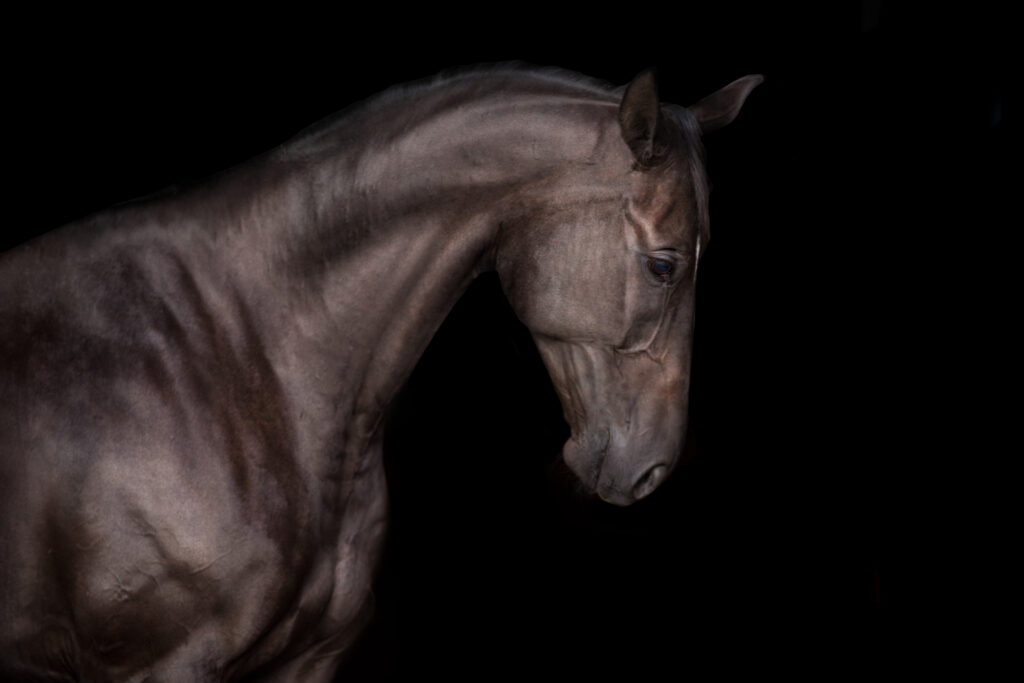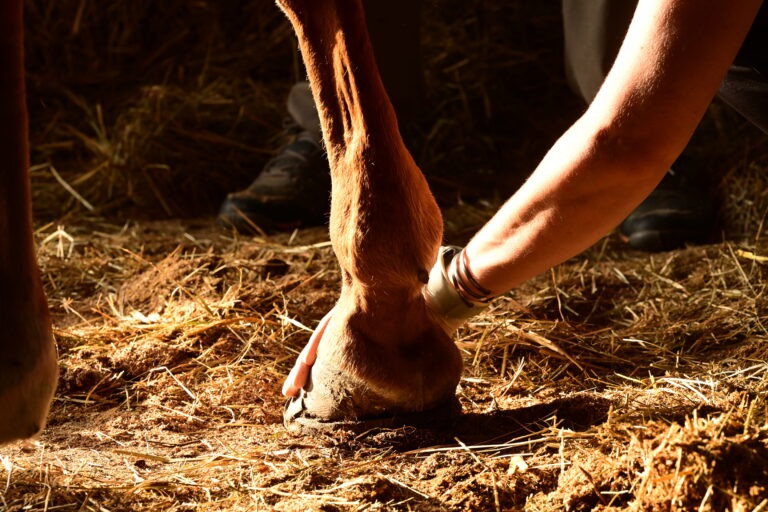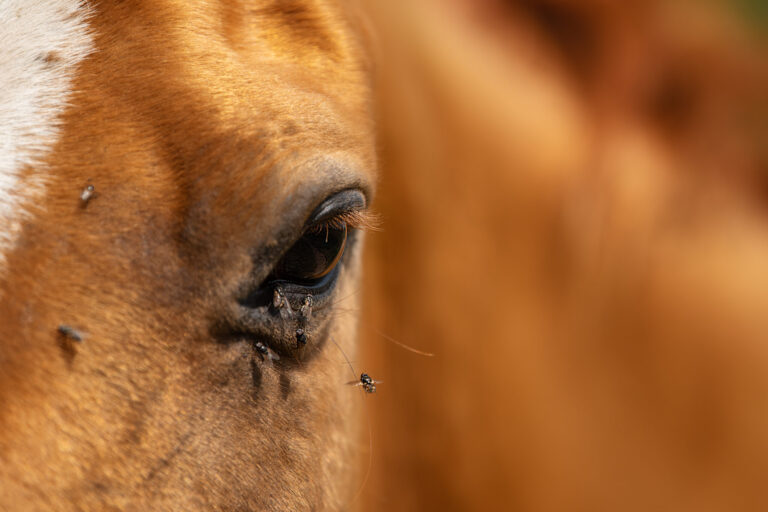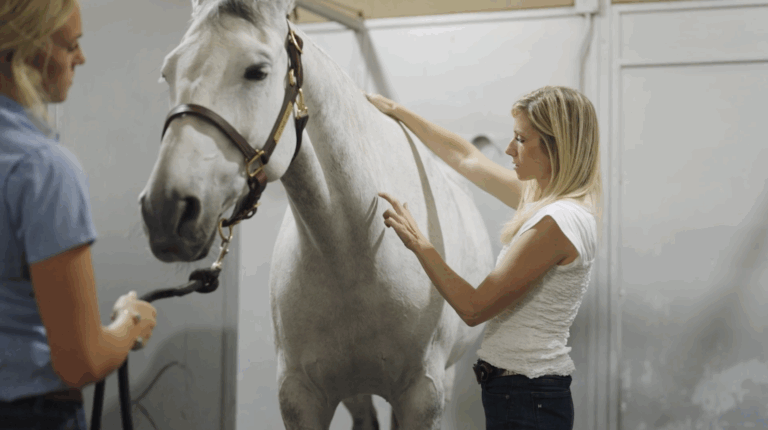
Computed tomographic myelography (CTM) and radiographic myelography (RxM) are diagnostic for extradural spinal cord compression, but knowledge about the contrast distribution in flexion and normal position in nonaffected horses is lacking. Thus, a terminal in vivo method comparison study with histological confirmation of absence of spinal pathology aimed to:
- Determine CTM’s inter- and intravertebral ratios at C3-C4 in neutral and flexed positions in warmbloods.
- Compare the diameters of the spinal cord and the contrast columns at C3-C4 between neutral and flexed positions in CTM and RxM.
- Evaluate the variability of measurements.
The researchers performed RxM and CTM in 13 neurologically normal warmbloods in neutral and flexed cervical spine positions. They calculated in millimeters the inter- and intravertebral ratios, the sagittal diameters of the spinal cord, and the dorsal and ventral contrast column and compared measurements between the cervical spine positions.
The flexion angle was 24 degrees in both modalities. Flexion of the cervical spine led to a significant reduction of the diameter of the spinal cord in CTM (spinal cord intervertebral location 2: 9.2 ± 1.1 [mean ± standard deviation] and 8.0 ± 1.4, p = 0.02; spinal cord intervertebral location 3: 9.2 ± 1.3 and 7.7 ± 1.7, p = 0.007) and of the heights of the contrast columns in both modalities (dorsal contrast column intervertebral location 2: RxM: 10.2 ± 1.9 and 8.5 ± 2.1, p = 0.005; CTM: 8.8 ± 1.4 and 7.2 ± 2.0, p = 0.004; ventral contrast column intervertebral location 3: RxM: 2.7 ± 1.3 and 0.9 ± 0.7, p < 0.001; CTM: 2.2 ± 1.2 and 0.0 ± 0.1, p < 0.001) at intervertebral locations.
Bottom Line
Flexion of the cervical spine decreased the diameter of the spinal cord and the dorsal and ventral myelographic contrast columns in warmbloods with no spinal pathology such that the dorsal contrast column was constantly > 4 millimeters in both modalities.
https://beva.onlinelibrary.wiley.com/doi/full/10.1111/evj.14552
Related Reading
- Choosing the Right CT Technology for Equine Vets: Fan-Beam vs. Cone-Beam
- Ventral Interbody Fusion for Horses With C7-T1 Pathology
- Techniques for Taking Good Neck Radiographs in Horses
Stay in the know! Sign up for EquiManagement’s FREE weekly newsletters to get the latest equine research, disease alerts, and vet practice updates delivered straight to your inbox.







